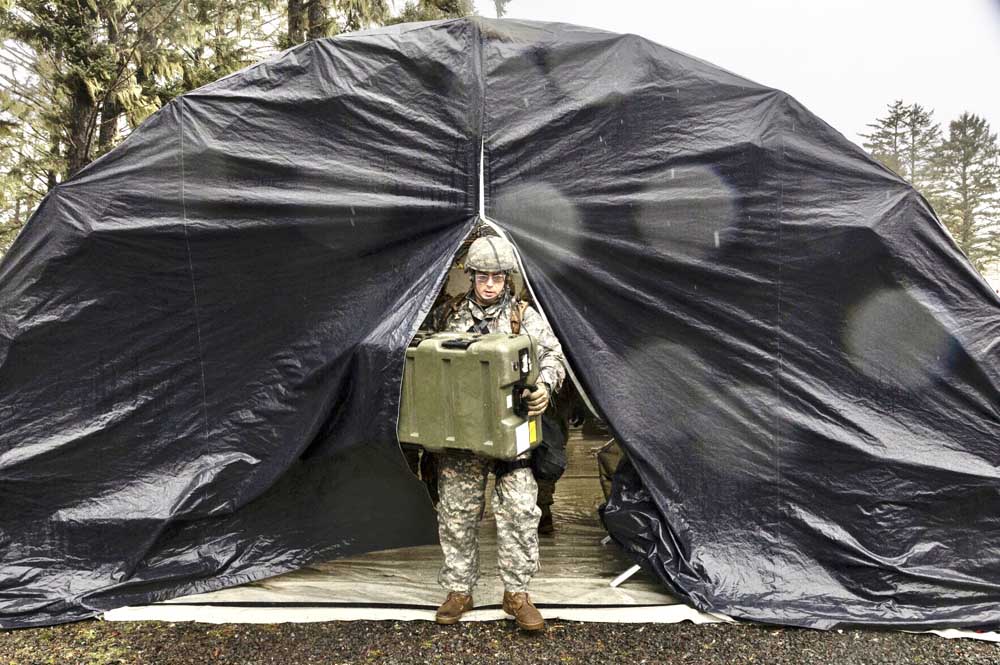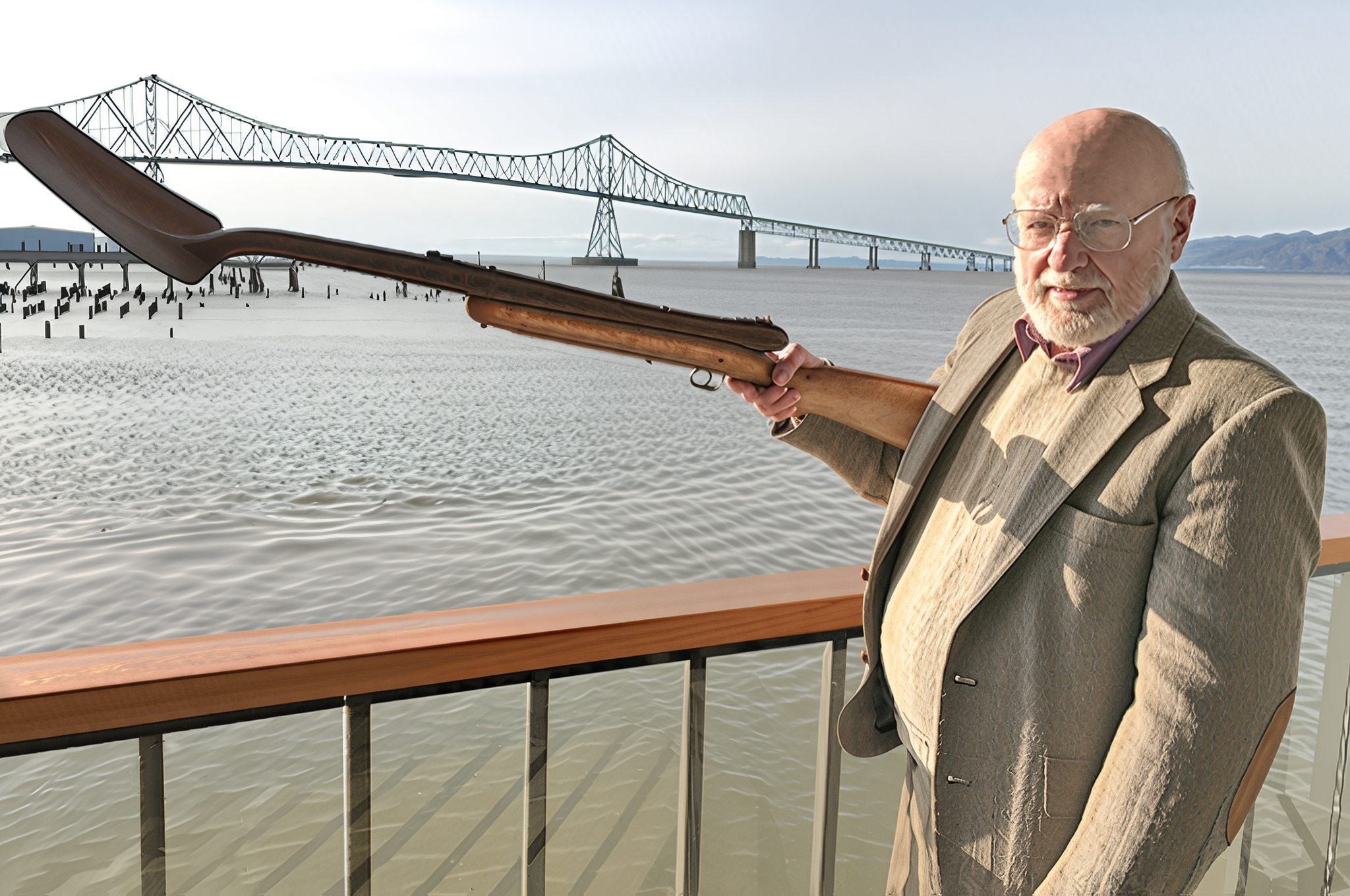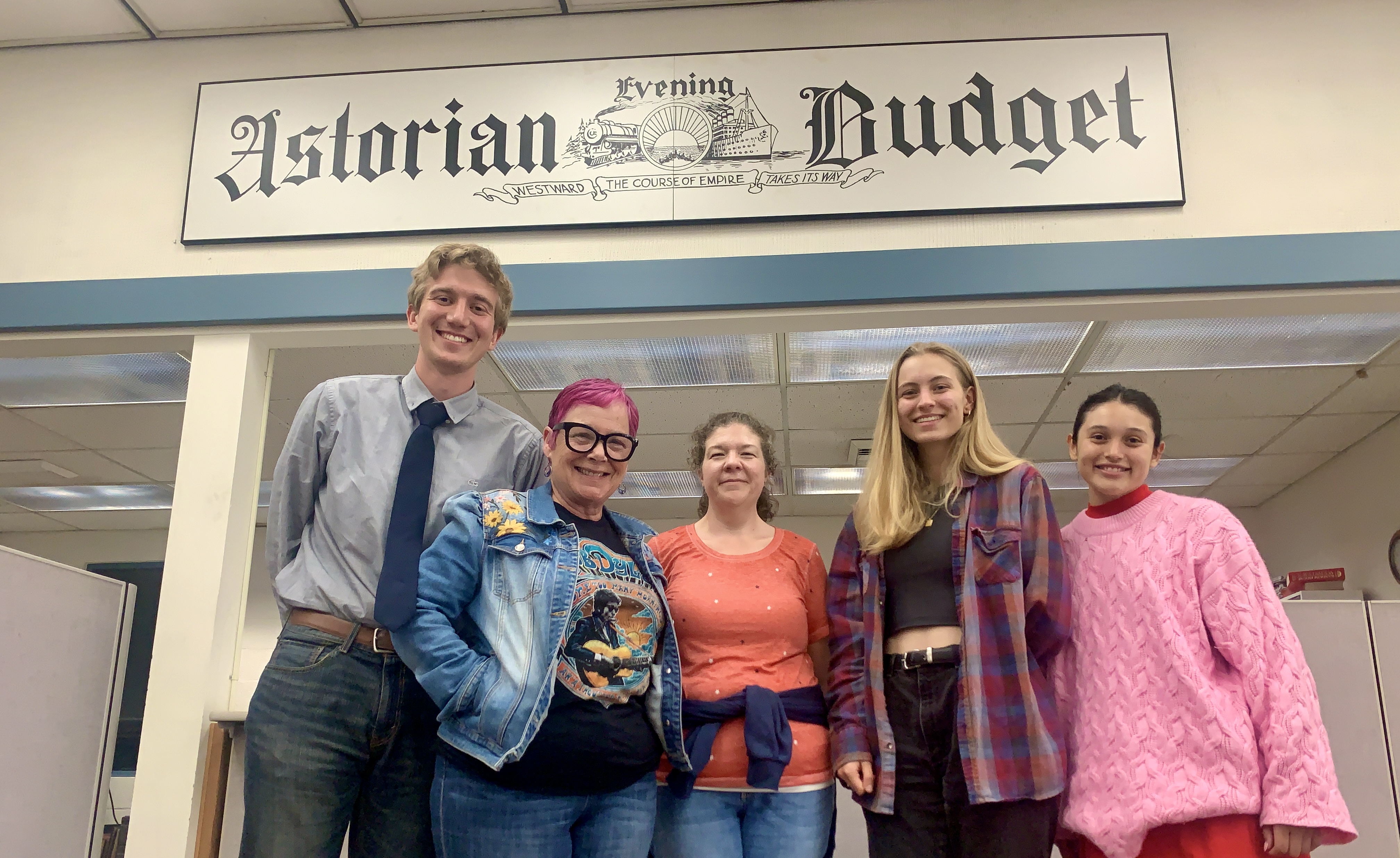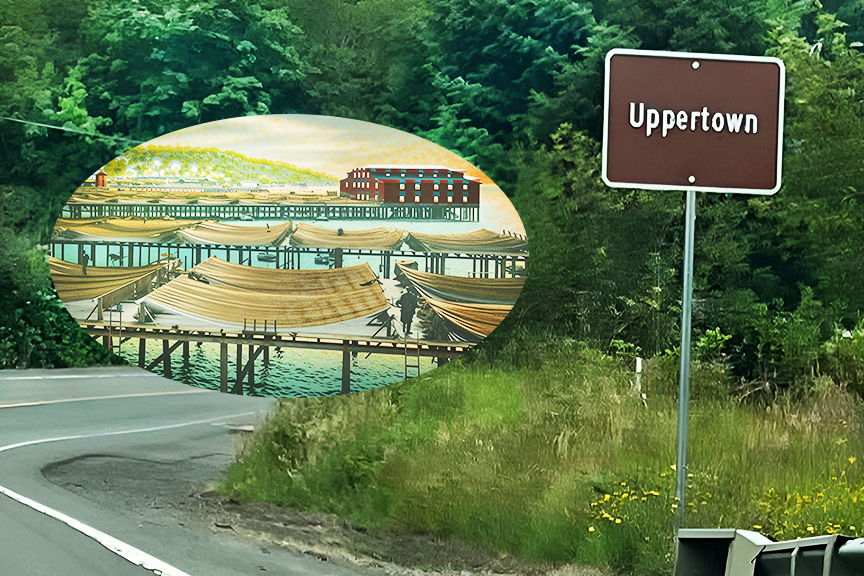Our View: Stay ready for disasters
Published 6:00 am Thursday, February 6, 2025

- A soldier exits a tent carrying a box of supplies during a Jan. 31 drill at Camp Rilea. The drill was a vivid reminder of how Americans rely on each other during times of need.
Training at Camp Rilea in Warrenton to respond — if ever necessary — to a nuclear blast in Seattle is unsettling but also oddly reassuring.
Working to save lives after any kind of cataclysm is a complex task. Practicing how to help is a good use of the Army’s time and resources.
Camp Rilea hosted personnel from around the nation for its nuclear attack drill in January. Aside from honing valuable skills at everything from decontaminating survivors to extracting victims from crushed vehicles, the exercise was a vivid reminder of how Americans rely on one another in times of need. Army reservists from states including New York and New Hampshire learned lessons in Warrenton that can be put to use for much else besides aiding atom-bomb casualties.
Here at the mouth of the Columbia River, the military branch we’re most familiar is the Coast Guard — always great to have on your side in an emergency.
Helping one another is what we Americans do, whether or not in uniform.
On the civilian side, we’ve recently witnessed interstate cooperation in the fight against Los Angeles wildfires. Astoria, Seaside and the Southwest Washington Department of Natural Resources — among others — sent expert crews and equipment to help in LA.
Nobody is safe
When it comes to deadly and costly disasters, some places are better than others. But nowhere is carefree. Residents of interior areas of the U.S. Southeast thought they were safe from climate-related calamities until 2024’s hurricanes Milton and Helene crashed into them, causing many billions in damage and untold suffering.
The Pacific Northwest used to be smug about natural risks, not counting rare atmospheric events like the Columbus Day Storm of 1962 and the Great Coastal Gale of 2007.
But then along came groundbreaking discoveries about the Cascadia Subduction Zone. Coupled with better understanding of seismic faults under Puget Sound and elsewhere, we now know Oregon and Washington will someday be in dire need of massive help.
Along comes a crowd
Our region, predicted to be insulated from the worst impacts of climate change by our close proximity to the mighty “air conditioner” of the North Pacific Ocean, is predicted to be the focus of much internal migration from other U.S. states.
First Street, a well-regarded climate research firm, says “that over 55 million Americans will voluntarily relocate within the U.S. to areas less vulnerable to climate risks by 2055, starting with 5.2 million in 2025.” Some are heading here.
Although popularity is a good thing compared to stagnation, all these additional neighbors will complicate the task of disaster preparation and response.
Residents of a more-crowded Pacific Northwest will need one another, the U.S. military, other states, and even friends from abroad when — not if — disaster strikes.
We’ll also need FEMA, the Federal Emergency Management Agency.
FEMA is imperfect after enormous events like Hurricane Helene, sometimes being too slow and cumbersome. But President Donald Trump is mistaken if he thinks any one state should have to fend for itself after a catastrophe.
This isn’t to suggest FEMA can’t be improved. For one thing, it is likely to be grossly underfunded considering the increasing frequency of multibillion-dollar disasters. But we need a national agency in times of peril. Don’t turn Elon Musk loose on FEMA.
Our nation’s name starts with “united,” not every man for himself.









